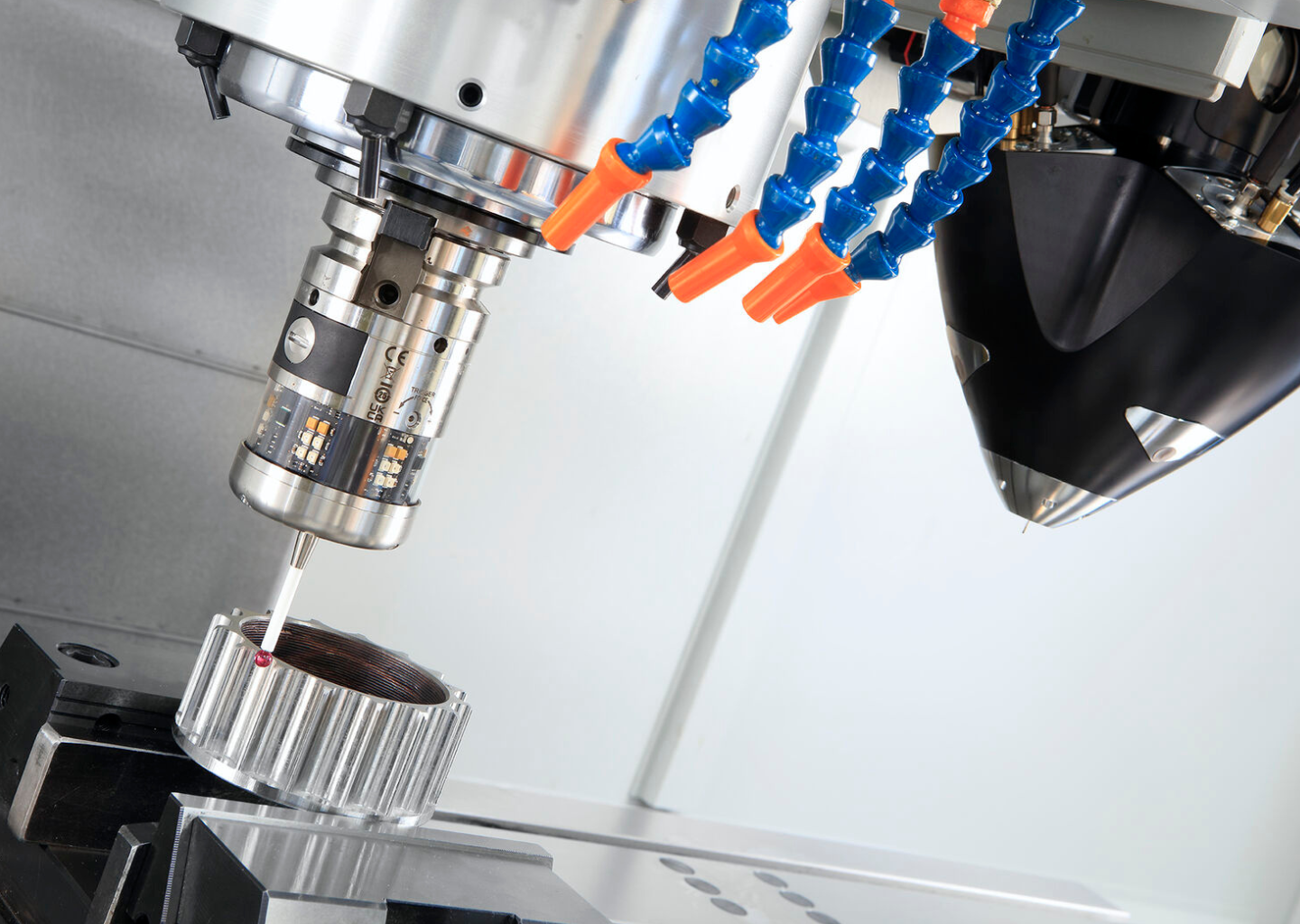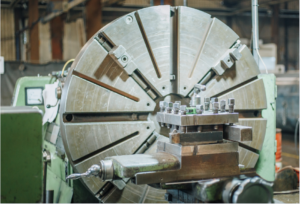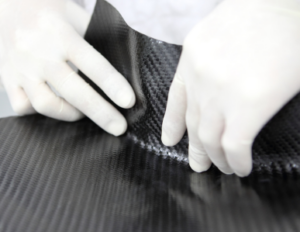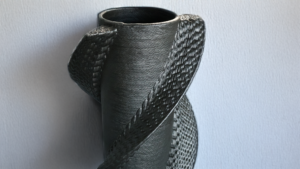
Machining is an indispensable part of manufacturing. Many of the products we see around us are formed through machining. Smartphones, automobile parts, the exteriors of home appliances, and many other products are produced through machining.
Milling is one of the most widely used types of machining. Using a machine tool called a milling machine, a rotating blade cuts materials to create various shapes. Because of its high accuracy and versatility, it is useful in many manufacturing sites.
This article comprehensively explains the basics of machining, types of milling, advantages and disadvantages, and specific machining examples. We have tried to provide easy-to-understand explanations for beginners, so please read to the end.
Table of Contents
What is Machining?
What is machining?Technology to process materials into desired shapes by cutting, grinding, polishing, etc. using machine tools.of the
Materials to be processed include not only metals, but also resins and wood. Machining plays a very important role in the manufacturing industry. It not only greatly influences the quality and performance of products, but also affects production efficiency, requiring advanced skills and knowledge.
Machining Types
There are various types of machining processes. Typical examples of machining methods include the following
- millingCutting: A machining method in which materials are cut with a rotating blade. Various shapes such as flat, groove, and curved surfaces can be machined.
- Lathe MachiningA machining method in which the material is rotated and cut by a fixed cutting tool. It is mainly used for machining cylindrical or conical parts.
- Grinding processGrinding: A processing method in which a grinding wheel, called a grinding wheel, is used to polish a material. The surface can be finished smoothly with high precision.
- electrical discharge machiningMachining method in which electric discharge is generated between the electrode and the workpiece, melting and evaporating the material for removal. Suitable for machining complex shapes and hard materials.
- Laser ProcessingLaser processing: A processing method that uses laser beams to cut, weld, and drill materials. Since processing is non-contact, there is little influence from heat.
What is milling?
What is milling?A machining method that uses a machine tool called a milling machine to cut materials with a rotating blade (milling machine).It is. Milling is known as an extremely versatile machining method because it can be used to machine a variety of shapes, including flat surfaces, grooves, curved surfaces, and complex 3D shapes.

Milling Types
Milling operations are classified into various types depending on the milling machine used and the processing method. The main types include the following
- vertical milling machineMilling machine with the spindle positioned vertically. Suitable for machining horizontal flat surfaces.
- horizontal milling machineMilling machine with the spindle positioned horizontally. Suitable for machining grooves and side surfaces.
- Universal milling machineVertical milling machine: Milling machine with both vertical and horizontal milling machine functions. It can be used for various types of machining.
- CNC Milling MachineMilling machine: Automatically processes workpieces by computer control. Capable of machining complex shapes and high precision machining.
- machining centerNC milling machine with automatic tool change. Multiple machining processes can be performed in succession.
Advantages and disadvantages of milling
Milling has the following advantages and disadvantages.
Advantages
- High-precision machining is possible.Milling: Milling is,Control dimensions and shapes with high precisionThis makes it suitable for the manufacture of precision parts.
- Various shapes can be processed.The following types of shapes are available: planes, grooves, curved surfaces, complex 3D shapes, etc,Processing of various shapesCan be done.
- Can be used with a variety of materials: not only metals, but also resins and wood,Processing a variety of materialsCan be done.
- Automation is possible: By using CNC milling machines and machining centers,Automated machining processesThis can lead to increased productivity.
demerit
- High tool costs: Because milling involves the use of variously shaped cutting tools,tool chargestends to be higher.
- Processing takes timeFor machining parts with complex geometry,Processing timemay be applied.
- Requires skilled craftsmanshipFor high-precision machining and complex shapes,Expertiseis required.
Example of milling process
Aircraft parts
Aircraft parts require lighter weight and higher strength, so materials such as titanium alloys and aluminum alloys are used. These materials can be difficult to machine, but by using milling,Aircraft components such as wing girders, ribs, frames, turbine blades and bracketscan be produced.

Automotive Parts
Automobile parts are often complex in shape and require high durability. Milling is,Complex shaped partsThe reason for this is that it can also be used forCylinder heads, gear cases and suspension armsIt is suitable for the manufacture of automotive parts such as
(metal) mold
Molds are important parts that determine the shape of products and require high precision. In milling,Injection molds, press molds, die casting moldsIt is widely used in the mold and die industry because it can produce molds such as

medical equipment
Medical devices require a high level of safety and reliability because they are used on the human body. The milling process is,High-precision and clean processingThe reason is that it is possible toSurgical implants, surgical instruments, artificial limbs, and artificial heart partsIt is suitable for the manufacture of medical devices such as
Robot parts
Robot parts require lighter weight and higher strength, so materials such as aluminum alloys and carbon fiber reinforced plastics are used. These materials can be difficult to process, but by using milling,Robot arm parts, grippers, gears, shafts, base platesWe can manufacture high-precision robot parts such as
The Future of Machining and Milling
Machining, especially milling, is expected to continue to play an important role in various fields in the future, and advances in AI and IoT technologies will further increase automation and efficiency. AI can be used to automatically optimize machining conditions, leading to shorter machining times and improved machining accuracy. In addition, IoT will enable more efficient condition monitoring and production management of machine tools, reducing downtime and increasing productivity.
New materials are constantly being developed in the aerospace and automotive industries to reduce weight and increase strength. Machining, especially milling, is the key to theseAdaptation to new materialsare also required.

Summary
Machining is an indispensable technology in manufacturing, and milling is one of the most versatile and useful in many manufacturing sites because it can produce parts in a variety of shapes. This article comprehensively explains the basics of machining, types of milling, advantages and disadvantages, and specific machining examples.
We at Taiga, together with our specialized partners in machining and milling, utilize the latest technology and equipment to customize our products to meet our customers' needs and to meet quick turnaround times. Please feel free to contact us if you have any questions about our machining and milling services.
For more information about Taiga, click here.
 0120-987-742
0120-987-742


